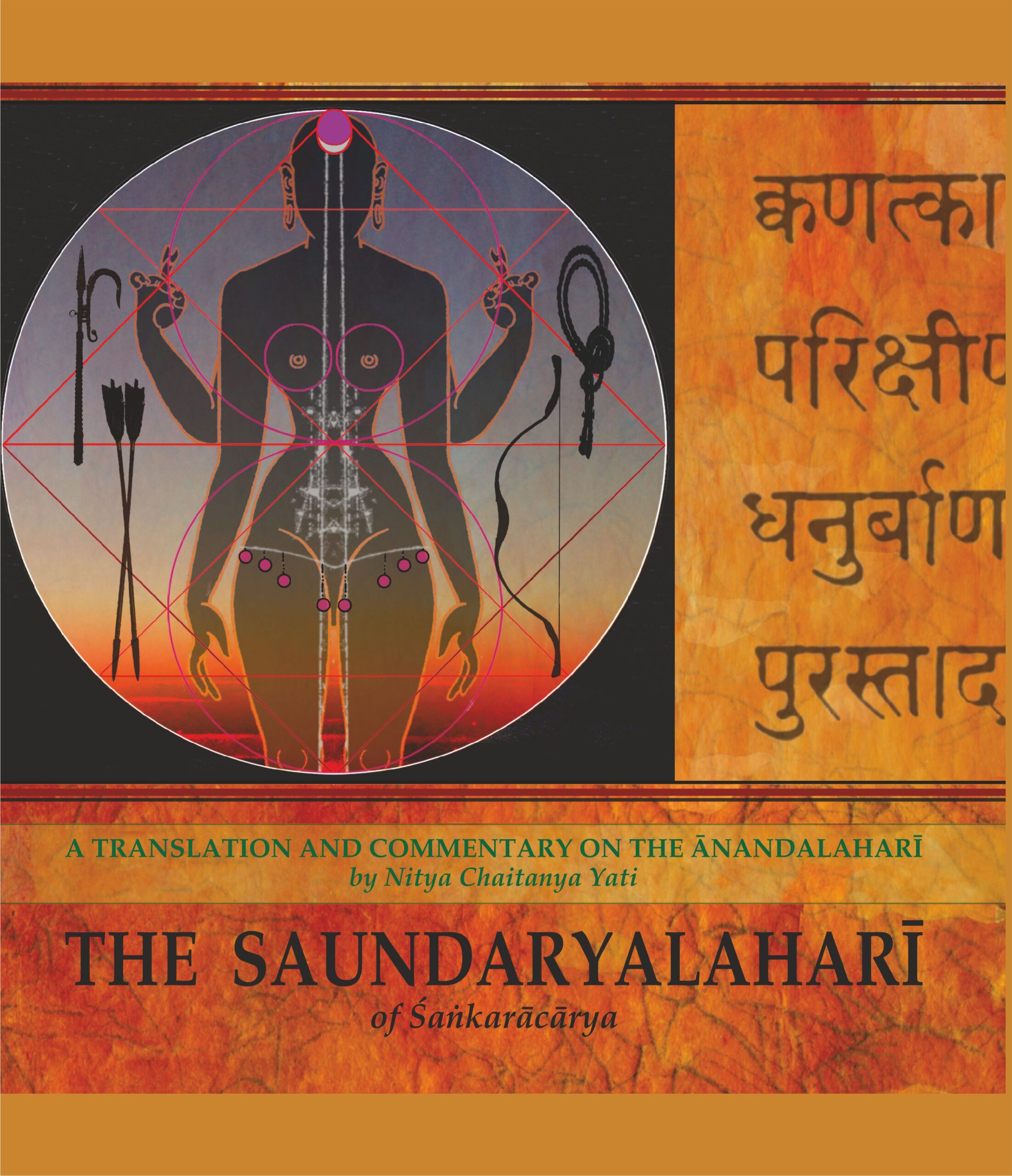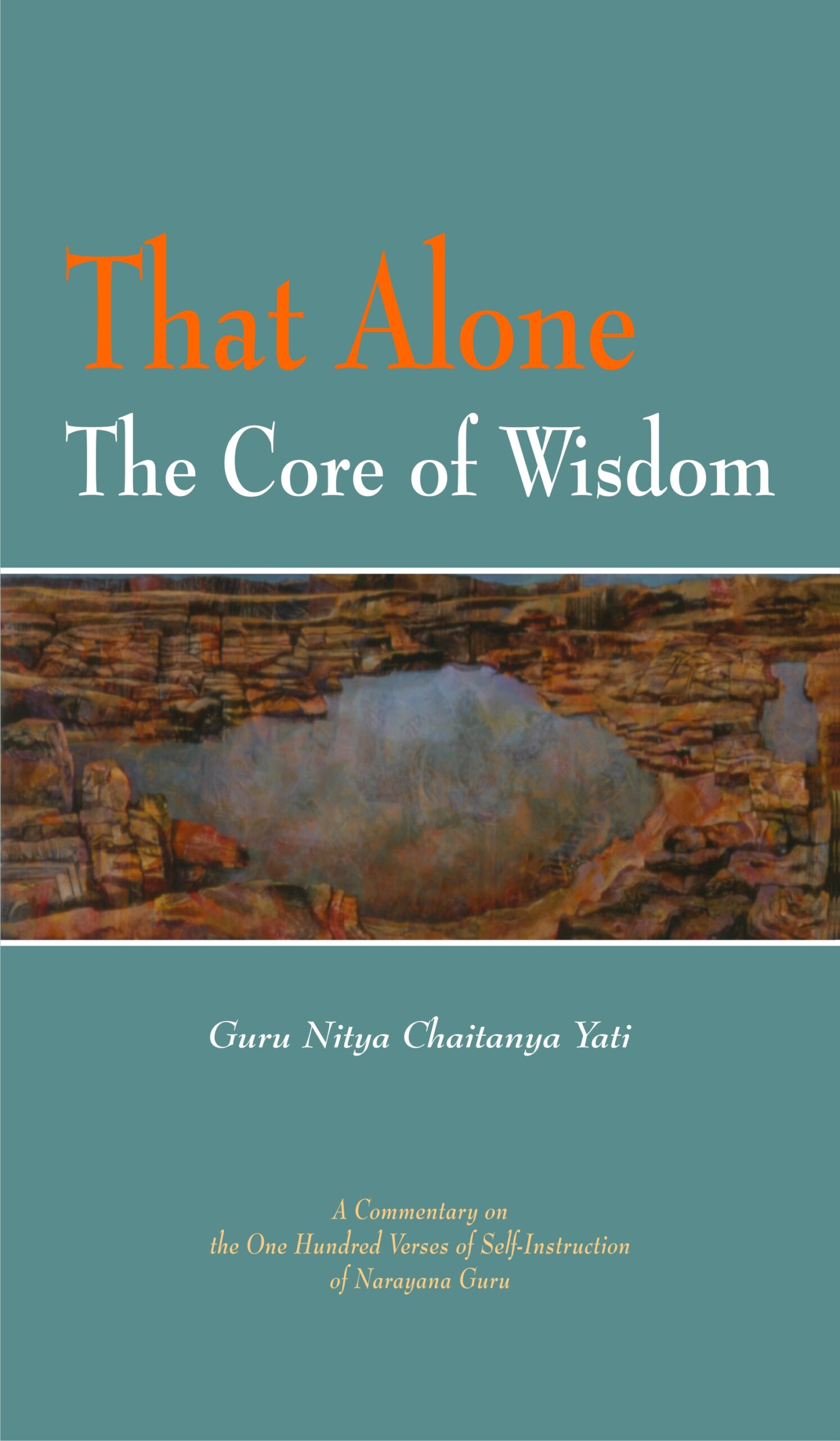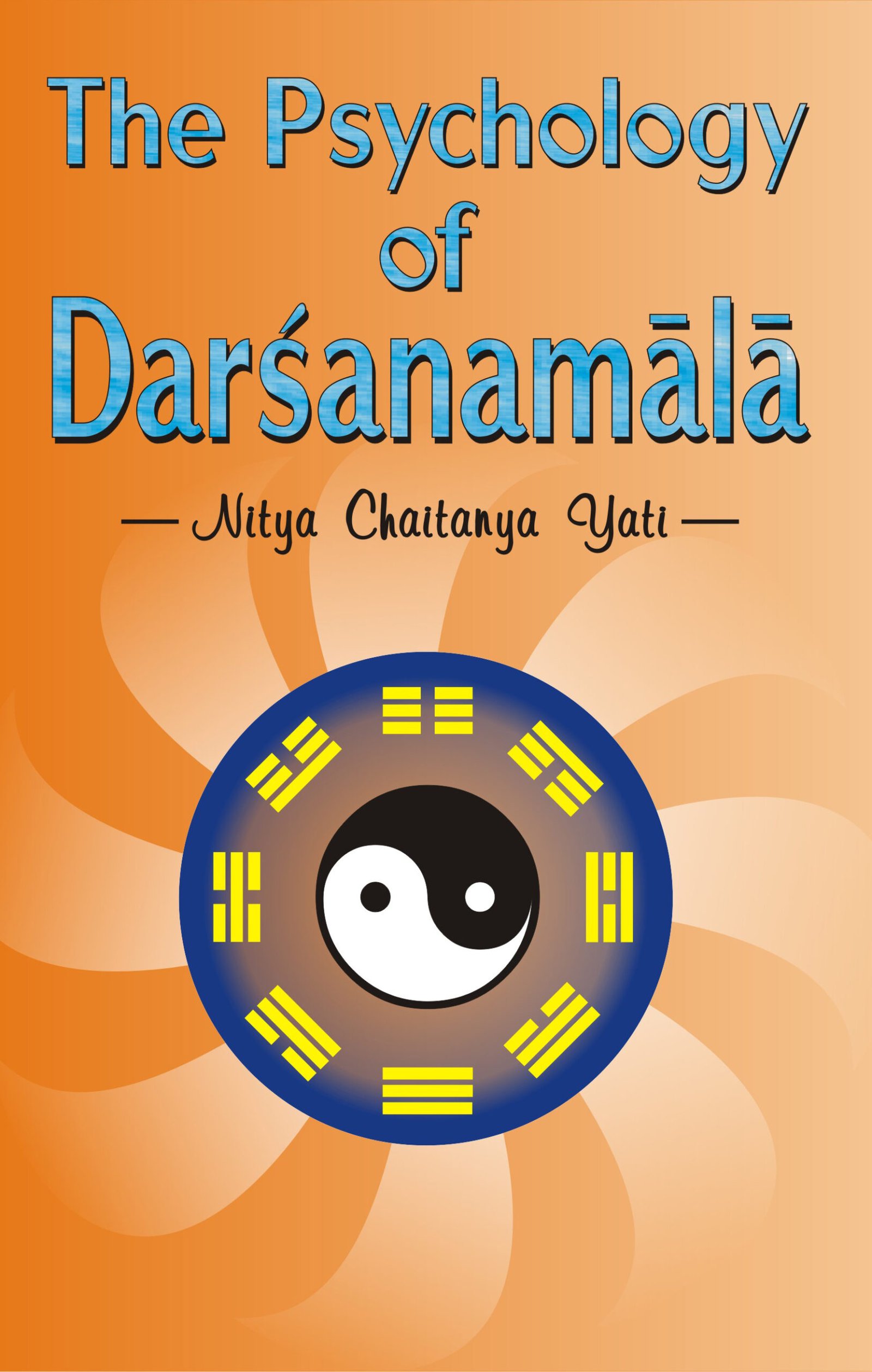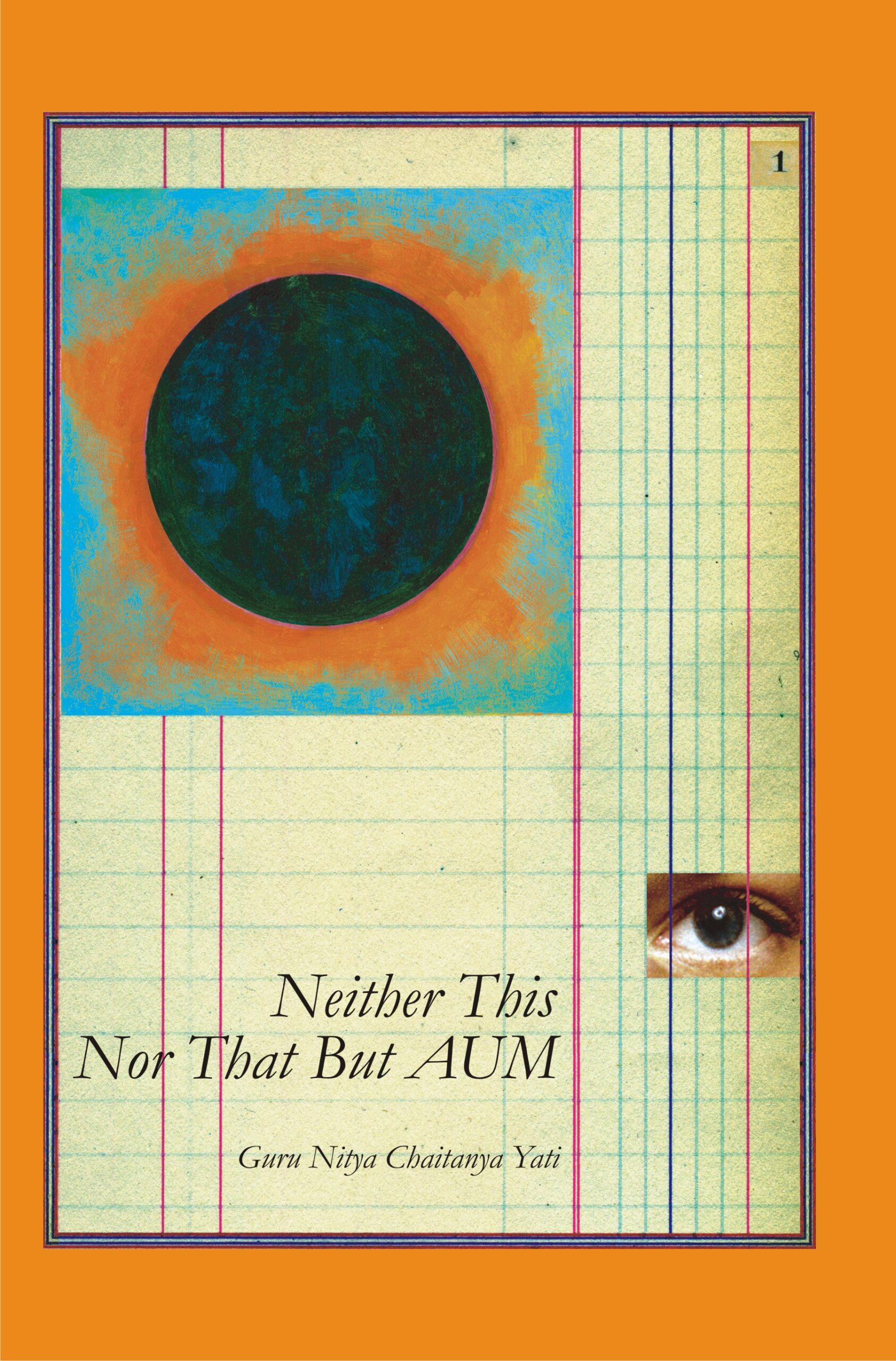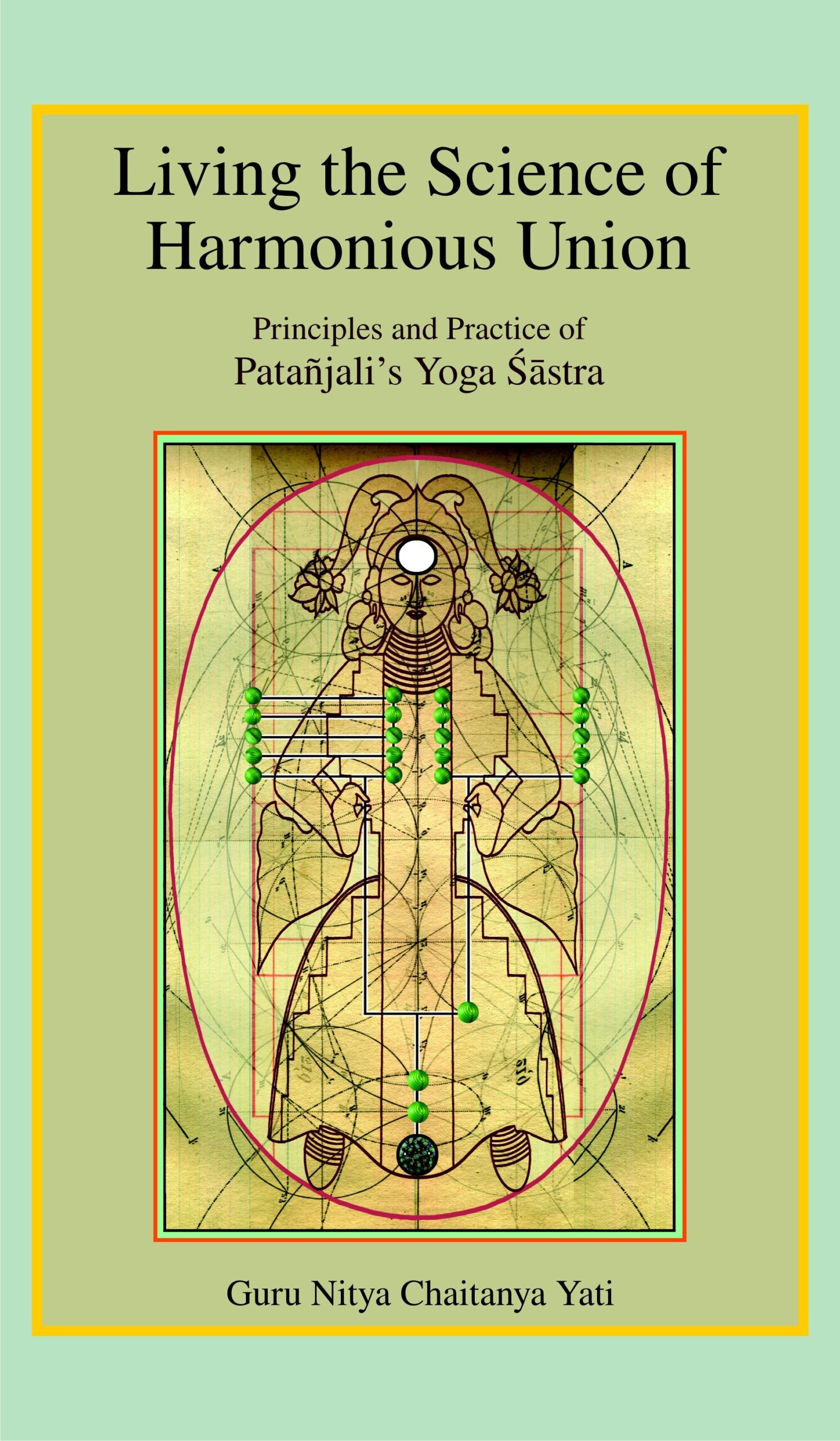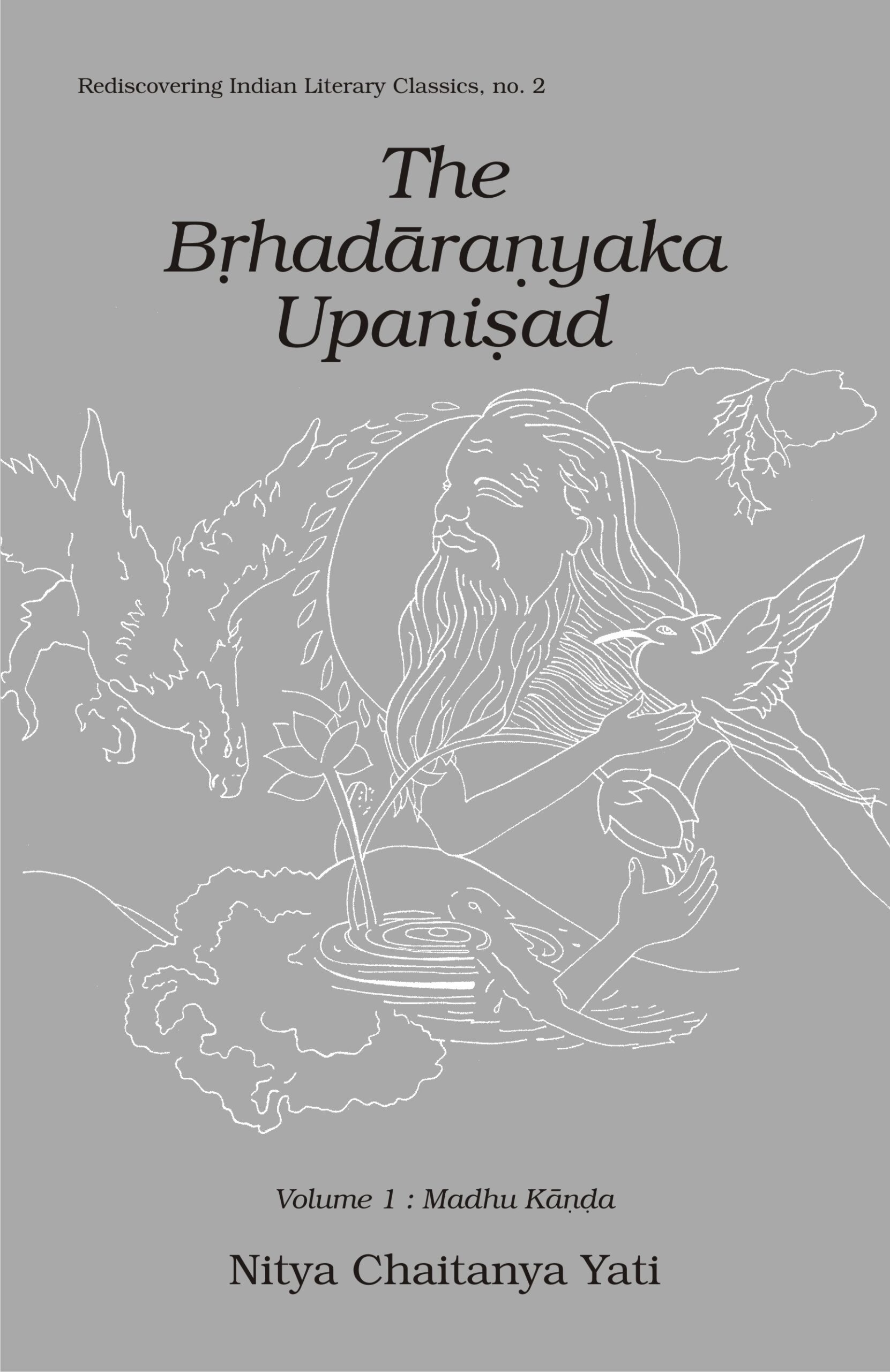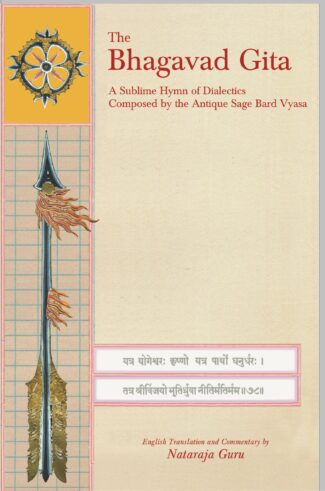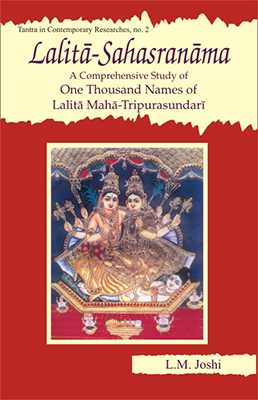-
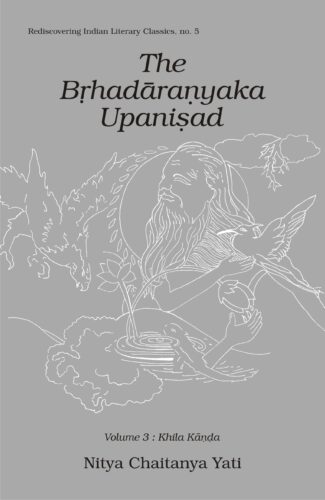

Brhadaranyaka Upanis...
Brhadaranyaka Upanisad
Vol. 3 Khila Kanda by: Nitya Chaitanya YatiThis dialectical narration of the Brhadaranyaka Upanisad will help the reader discover the ancient seers timeless insights to appreciate an integrated system of thought and experience what is real and enduring in his/her own essence.
₹540.00
ISBN: 9788124600658
Year Of Publication: 1996
Edition: 1st
Pages : xxviii, 466
Bibliographic Details : Sanskrit Index; General Index
Language : English
Binding : Hardcover
Publisher: D.K. Printworld Pvt. Ltd.
Size: 23 cm.
Weight: 750
The Brihadaranyaka Upanishad is one of the ten major Upanishads. A dialectical narration that unabashedly stands up to the rational scrutiny of the modern mind, it is directed towards both the individual aspirant caught up in the dark morass of confusion and the philosophic thinker in search of rare pearls of wisdom from humanitys treasury. Guru Nityas matchles commentary will enable the reader to discover the ancient seers timeles insights, to appreciate a fully-developed, integrated system of thought, and, most importantly, to learn to connect with what is real and enduring in his or her own essence. Schematically, the Brihadaranyaka Upanishad a brilliant discourse from the Yajur Veda is set out in three volumes, entitled: Madhu Kanda, Muni Kanda and Khila Kanda. In his planned three-volume thorough-going, meticulously analytical commentary. Guru Nitya distills the wisdom teaching of the Brihadaranyaka Upanishad, drawing on his intimate understanding of the human psyche, as well as both Eastern and Western philosophy, science, art and literature. Dwelling in turn on each of its 435 mantras, its poetic charm, myths, metaphors, images and symbols, Guru Nitya recreates and expands the Upanishadic vision of our own nature, human interaction, and the cosmos, and their relation to the unmoved essence of all. With highly useful appendices and a comprehensive index, the commentary will hold an enduring appeal for both scholars and discerning readers.
Foreword
Guide to Sanskrit Pronunciation
General Introduction
Invocation
Introduction
ADHYAYA V
Brahmana 1
Mantra 1
Brahmana 2
Introduction
Mantra 1 to 3
Brahmana 3
Mantra 1
Brahmana 4
Introduction
Mantra 1
Brahmana 5
Mantra 1 to 4
Brahmana 6
Mantra 1
Brahmana 7
Mantra 1
Brahmana 8
Mantra 1
Brahmana 9
Mantra 1
Brahmana 10
Mantra 1
Brahmana 11
Mantra 1
Brahmana 12
Mantra 1
Brahmana 13
Mantra 1 to 4
Brahmana 14
Mantra 1 to 8
Brahmana 15
Mantra 1
ADHYAYA VI
Brahmana 1
Mantra 1 to 14
Brahmana 2
Introduction
Mantra 1 to 16
Geological Evidence of Evolution
Brahmanas 3 and 4
Brahmana 5
Mantra 1 to 4
Appendix I : Madhu Kanda
Adhyaya I
The Symbol of the sacrificial Horse for Intimate Meditation
Adhyaya II
Appendix II : Muni Kanda
Adhyaya III
Adhyaya IV
Notes
Sanskrit Index
General Index




